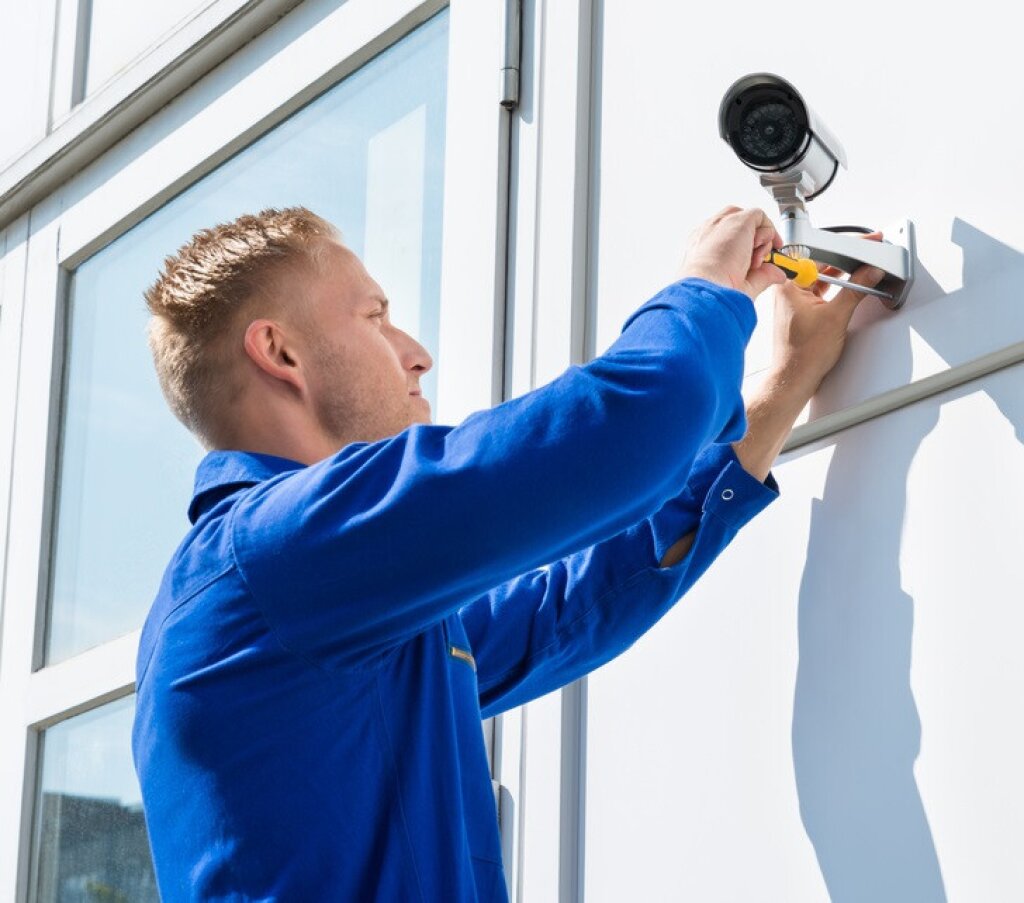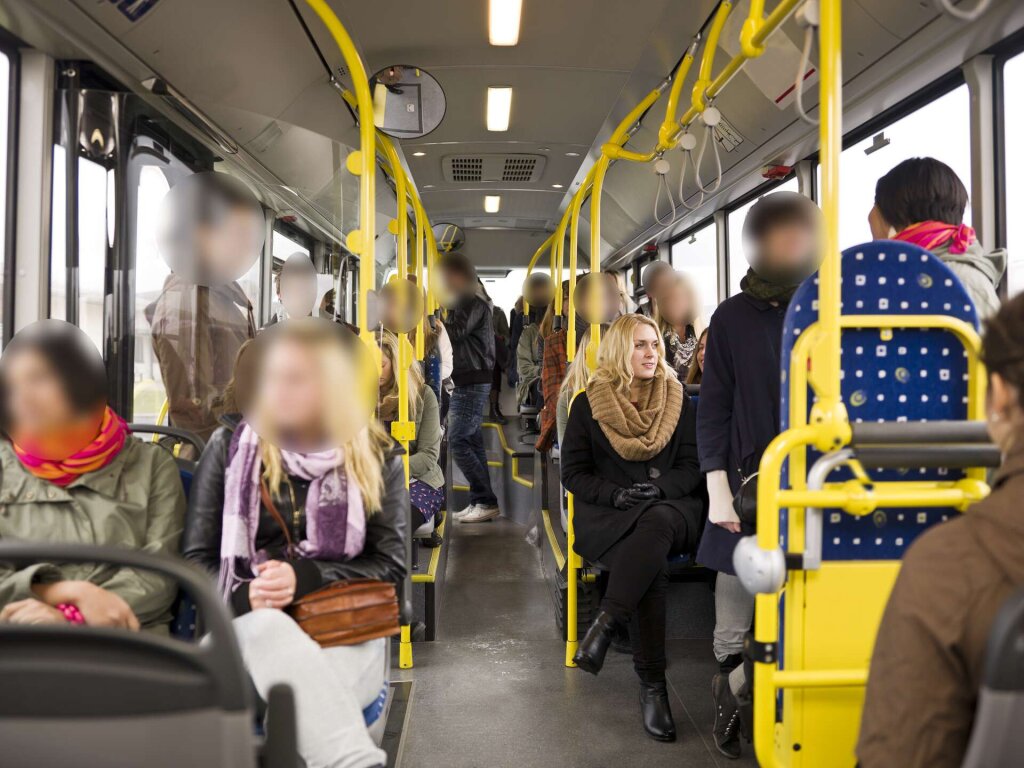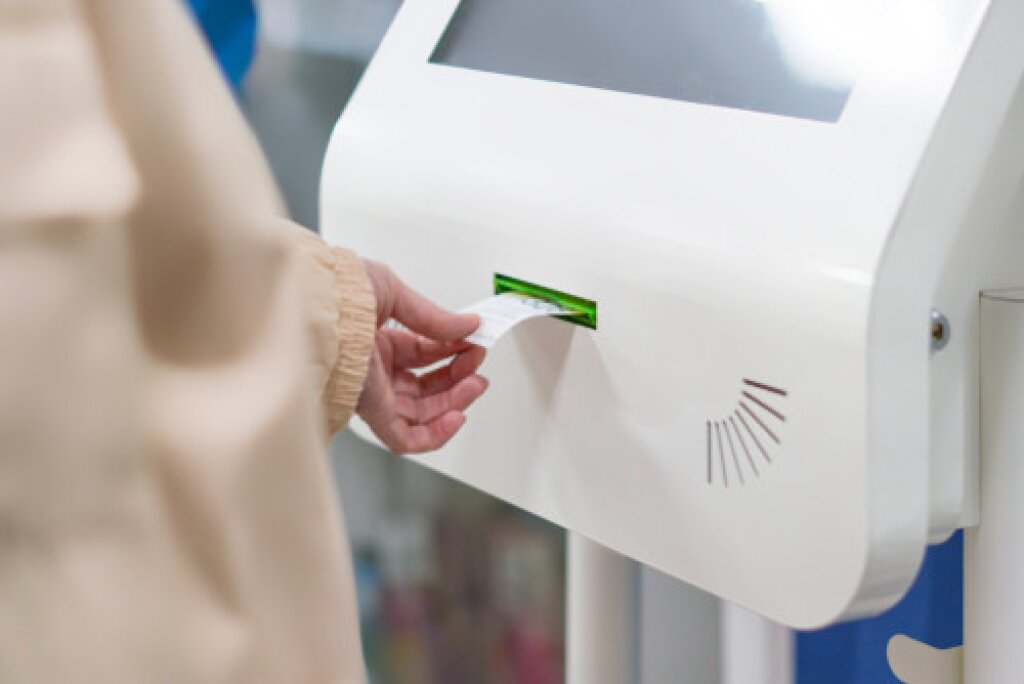CCTV Camera Coverage: A Complete Placement and Range Guide
Choosing and positioning CCTV cameras can feel overwhelming, especially with so much conflicting advice online. Some retailers overpromise, some brands underdeliver, and many installation mistakes come down to poor planning rather than poor equipment.
The good news? Creating an effective CCTV system is much simpler than it seems, if you understand the basics of CCTV camera placement guidelines, camera coverage and camera blind spots.
This guide explains how CCTV systems work, how to plan your setup and where to position cameras for maximum coverage. Whether you’re protecting a business, warehouse or private home, these principles apply to both domestic and industrial CCTV installations.
Understanding the Basics of CCTV Systems
A CCTV system is built from two main elements:
Cameras
Cameras capture the images and video. They vary in resolution, range and features (such as night vision or PTZ – pan-tilt-zoom – functionality).DVR/NVR (Recorder)
A Digital Video Recorder (DVR) or Network Video Recorder (NVR) processes and stores the footage for review.
Modern systems often use HD 1080p or 4K cameras, which are now both reliable and affordable. High-definition footage ensures better evidence quality and makes it easier to identify individuals, vehicles and activities in order interpret events and initiate follow up actions.
When paired with good camera placement, a mid-range HD system can outperform even the most expensive setups installed incorrectly.
Why CCTV Camera Placement Matters
The positioning of each camera directly affects:
Coverage area
How much of the site you can see.Image quality
Image quality affects facial recognition, number plate visibility and determines the amount of usable detail that is captured.Blind spots
Camera coverage blind spots are areas that intruders can exploit to avoid detection.Deterrence
Visible, well-placed cameras act as a strong crime deterrent.
Poor placement often results in blurry, wasted footage or critical blind spots. Following clear CCTV camera placement guidelines helps you to achieve comprehensive coverage and consistent, professional results.
How to Find Camera Blind Spots
Blind spots are areas that are outside your camera’s field of view. To identify and eliminate blind spots:
Walk the property
Imagine how an intruder would approach. Look for areas hidden by walls, trees, vehicles and other potential obstructions.Check your camera feeds
Review footage in real time during installation. Look for “dead zones” where movement isn’t captured.Overlap fields of view
Where possible, position two cameras so that their coverage areas overlap slightly to reduce vulnerabilities.Use different lenses
Wide-angle lenses cover more space, while narrow lenses capture detail at distance. A mix of lenses helps to balance coverage.Repeat after dark
Test your system at night to ensure that your lighting or night-vision features cover the same areas.
By actively looking for blind spots during setup, you prevent potentially costly oversights later.
CCTV Camera Placement Guidelines: Where to Position Cameras
Here are the most important locations to cover for both homes and industrial CCTV systems:
Main Entrances
Always cover the front door or primary entry point. Install cameras at an angle that captures both the approach and the face of anyone entering.Side and Back Doors
Secondary entrances are common targets for break-ins. Position cameras here to avoid weak points.Windows
Ground-floor and hidden windows are vulnerable. Cameras should monitor any windows that are not easily visible from the street.Driveways and Car Parks
Cover vehicles, number plates and access routes. This is particularly important for businesses and warehouses.Blind Spots and Hidden Areas
Behind garages, alleyways and outbuildings are common concealment areas. Place cameras here to eliminate exploitable zones.Garages and Outbuildings
Storage areas for tools, machinery or vehicles are high-value targets. Ensure good coverage, ideally with night vision.High-Risk Zones in Businesses
Loading bays, delivery docks, cash handling areas and IT rooms need close monitoring. Multiple cameras may be necessary.Indoor Coverage (Optional)
Offices, safes and storerooms benefit from internal monitoring for added security.
Best Practices for Camera Installation
Proper camera installation ensures reliable security and clear video footage. By focusing on placement, lighting and testing, you can optimise performance and minimise blind spots. These best practices will help create an effective surveillance setup that enhances safety and monitoring.
Height and Angle
Position cameras 2.5 to metres (8 to 10 feet) high. This prevents tampering while still capturing faces clearly.Lighting
Avoid pointing cameras directly at bright lights. Use cameras with good low-light or infrared capability for dark areas.Walk Tests
Always test cameras in real conditions, both day and night. Move around the site while checking live feeds to confirm coverage.Overlap Coverage
Where possible, ensure cameras support one another. Overlapping fields of view help prevent missed activity.Regular Maintenance
Clean lenses, trim vegetation and review coverage after seasonal changes or site alterations.
Common Camera Installation Mistakes to Avoid
Installing security cameras is crucial for safety, but simple mistakes can reduce effectiveness. From poor placement and lighting issues to neglecting coverage areas, avoiding these common errors ensures clearer footage, better monitoring and reliable protection for your property.
Placing cameras too high which results in poor detail capture.
Failing to cover secondary entrances or secluded windows.
Over-reliance on one camera to cover a wide area.
Ignoring lighting conditions which leads to grainy or unusable footage.
Forgetting to test for blind spots until after an incident occurs.
Industrial CCTV Cameras: Special Considerations
For larger sites such as warehouses, factories, and industrial estates:
Use long-range cameras for perimeter fencing.
Position cameras to cover vehicle gates and loading bays.
Install PTZ cameras in high-risk zones to facilitate flexible coverage.
Ensure that cameras are weather-resistant and vandal-proof for outdoor use.
Consider remote monitoring for round-the-clock surveillance, especially during the hours when premises are unattended.
Industrial sites often require a layered approach: wide-angle cameras for perimeter security, supported by higher-resolution units at entrances and critical assets.
Staying Compliant with CCTV Regulations
In the UK, camera placement must comply with privacy and data protection laws. This means:
Avoiding cameras pointed directly at neighbouring properties or public pavements.
Displaying clear signage where CCTV is in use.
Ensuring that stored footage is protected, is accessible to authorised staff, and is only kept for as long as is necessary.
For full compliance, consult the Surveillance Camera Code of Practice (2022) and the ICO CCTV guidelines.
CCTV Camera Placement: Conclusion
A CCTV system is only as strong as its planning and placement. By following these CCTV camera placement guidelines, identifying and eliminating blind spots, and tailoring your setup to your property’s specific risks, you’ll maximise your investment and significantly improve your security.
Whether you’re securing a family home or installing a large-scale industrial CCTV system, careful planning ensures that your cameras capture the right detail, at the right angles, every time.




